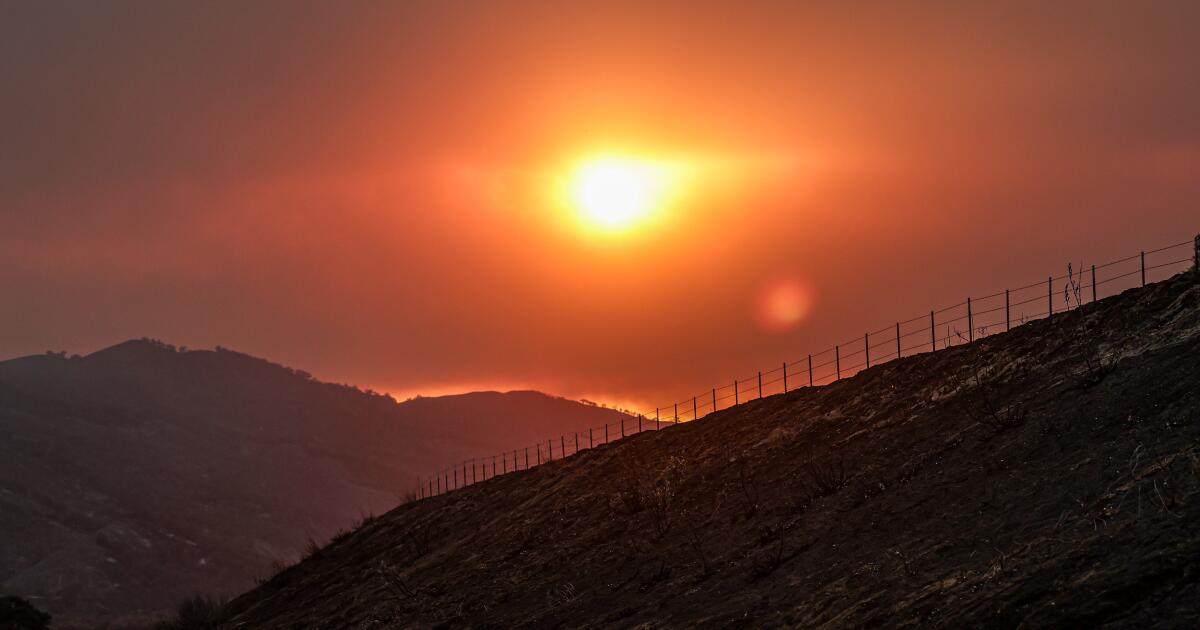As cooler, wetter weather aids firefighting efforts in southern and central California, the National Weather Service warns that these pleasant conditions may be short-lived. Starting Monday, expect a return to hot, dry weather that can quickly escalate fire risk, particularly in inland areas. “Sundowner winds,” which are warm and dry gusts, may exacerbate any fires along the I-5 corridor.
Recently, a heatwave sparked multiple fires, including the massive Gifford fire, which has burned 132,000 acres across San Luis Obispo and Santa Barbara counties, as well as the King and Hawk fires in L.A. County.
Firefighters took advantage of the brief respite from heat to conduct a backfiring strategy on the Gifford fire. By intentionally burning strips of vegetation, they created a barrier to help contain the blaze. Over just a few days, containment rose dramatically from 37% to 73%, which is a testament to the hard work of nearly 5,000 personnel. Rich Eagan, a public information officer for the California Interagency Incident Management Team, expressed optimism: “To control a fire this large in two weeks is pretty incredible.”
The crews focused on eliminating any remaining hot spots to prevent future flare-ups. Meanwhile, the King fire ignited near Pyramid Lake, burned some unoccupied RVs, and even threatened to jump the freeway, forcing temporary closures. Fortunately, crews achieved 75% containment by Friday evening.
On the Hawk fire, which started southwest of Palmdale, containment reached 76% by Saturday morning. While evacuation warnings were lifted for the King and Hawk fires, many in San Luis Obispo and Santa Barbara counties still face evacuation orders.
However, the situation remains precarious. As temperatures climb back over 100 degrees in the coming week, the risk of heat-related ailments is on the rise, especially for vulnerable individuals and pets. Areas like Palmdale, Santa Clarita, and Paso Robles are expected to be particularly affected.
Interestingly, a 2022 report highlighted that wildfires across the western U.S. have doubled in frequency and intensity over the last few decades, largely due to climate change. This underscores the importance of preparedness and community awareness in battling these increasingly common natural disasters.
As heat returns, concerns about fire risk remain high, but firefighting teams continue to adapt and respond to the challenges. With new strategies and ongoing vigilance, there’s hope for more effective fire management in the future. For more on fire safety and advice during extreme weather, visit the National Fire Protection Association.






















